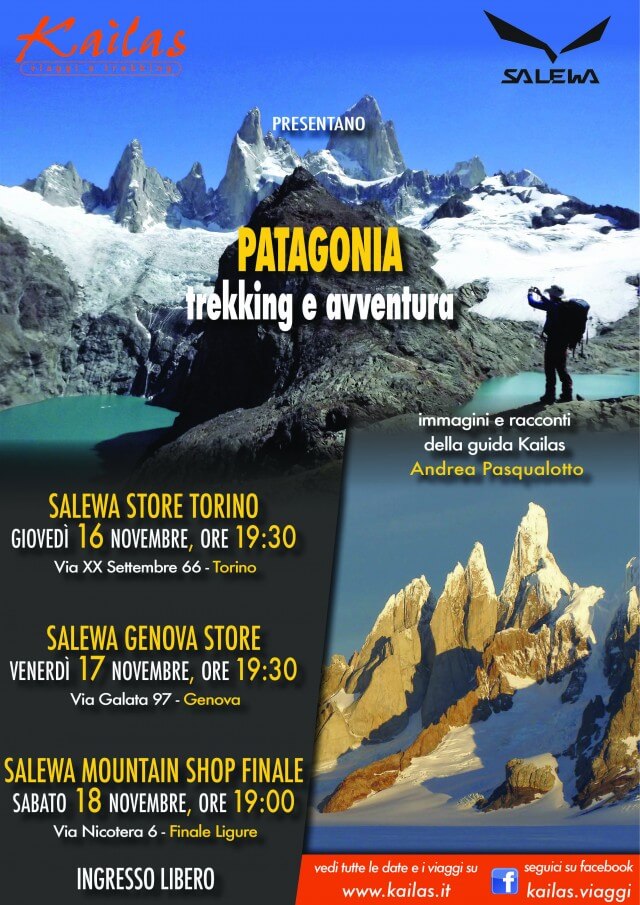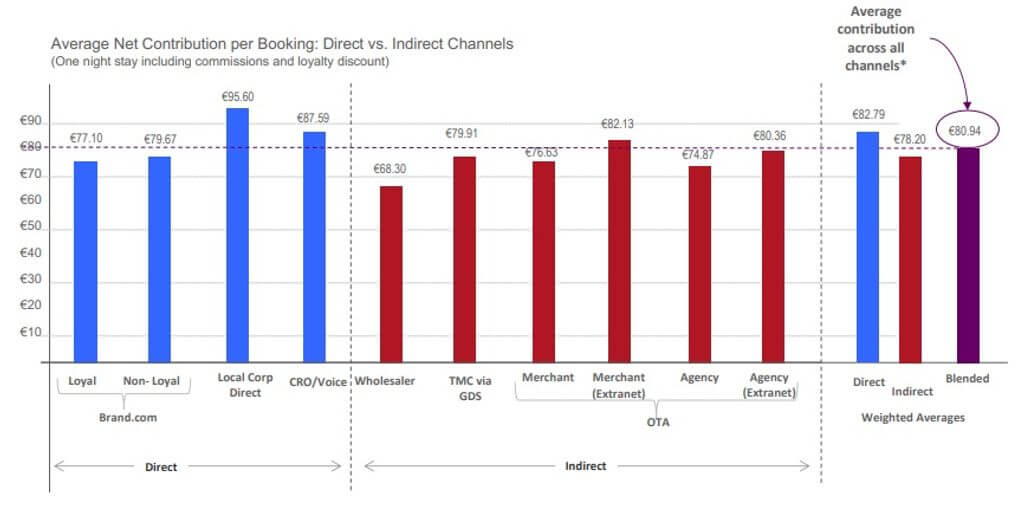
Table of Contents
As competition in the tour and activity industry heats up, tour operators must explore all avenues to increase revenue. Direct and indirect channels offer distinct advantages for distributing products. Establishing a presence in both is essential to maximize reach and revenue potential.
In this article, we’ll explore the significance of both channels, their advantages, and tips for finding the right balance. We’ll also highlight current industry trends and offer practical guidance to help operators leverage direct and indirect channels matter for tour operators business growth.
Direct Channels
There are many advantages to using direct methods to contact clients as a travel operator. Any sales or communication channel that enables direct customer interaction between the business and the consumer without the need for middlemen like travel agents or third-party websites is referred to as a direct channel. Here are a few potential benefits:
Control over the customer experience

Direct channels give tour companies greater control over the customer experience, which can be a significant advantage in the highly competitive travel industry. Examples of how this benefit plays out in practice include:
- Ability to give personalized service: Tour companies can find out more about a customer’s preferences through direct contact channels like phone and email. This lets them make the experience fit the customer’s needs. For example, a tour company might give customized itineraries to customers who want to do or go somewhere in particular.

- Control over prices: Direct routes let tour companies set their own prices and deals, which can be a big advantage over third-party booking sites that may require price matching or have strict commission-based pricing agreements.
For example, they can tell people about the sale and their trips on their website. To change the prices, they can use a discount code, make a special pricing plan for their tours during the sale time, like 10% off all tours, or lower the price of a specific tour by a certain percentage to make it more appealing to customers.
- Ability to control the customer journey: Tour companies can make sure customers have a smooth and easy experience by talking to them directly during the booking and travel process. This can be done by giving specific information about the trip plan, helping with the logistics of the trip, and following up after the trip to get feedback and build loyalty.
P/S: Take Control of Your Customer Journey with the Traveler WordPress travel theme and Elementor builder. With these powerful tools, you can customize every aspect of your customer’s experience to ensure maximum satisfaction and engagement. From user-friendly navigation to stunning visuals, the possibilities are endless. Don’t miss out on this opportunity to take your customer journey to the next level – try the Travelerwp WordPress travel theme and elementor today.
More opportunities for upselling and cross-selling
Direct channels also provide more opportunities for tour companies to sell additional services or products to customers. This can include:

- Offering improvements or add-ons: When customers book directly with the tour company, they may be more likely to think about extra services or upgrades that can make their trip better. For example, a tour company might give customers the choice to upgrade to a fancier hotel room or book an extra excursion.

Promoting related products or services: Tour companies can also cross-sell related products or services, like trip insurance or car rental reservations, through direct channels. By putting these services together, tour companies can make more money from each customer and get to know them better.
Personalizing recommendations: Using customer data and direct contact, tour companies can cater to their customers’ unique tastes and give them personalized recommendations. This can include suggestions for activities, restaurants, or places to stay in the area that fit the customer’s hobbies and needs.
Ability to build stronger relationships with customers:

Finally, direct channels can help tour companies build stronger relationships with customers over time. This can be critical for building brand loyalty and repeat business. Some examples of how tour companies can use direct channels to build stronger relationships include:
- Offering exclusive deals or promotions is a good way for tour companies to get more direct bookings and build customer trust. They can also get people to book with them again by giving loyalty rewards like free upgrades, free activities, or first choice for booking popular tours or locations.
- Personalizing communication: Instead of sending out generic letters, tour operators can use data and automation tools to make sure that each customer gets a message that is specific to them. This could include personalized offers, customized trip plans, and suggestions based on the customer’s travel history and preferences. By making customers feel heard and understood, they can build a more loyal customer base and increase their chances of direct bookings through positive reviews and word-of-mouth recommendations. Also, using AI chatbots to help customers communicate in a more personalized way can increase interest and speed up the booking process.
- Asking for feedback and responding to customer needs: Tour operators can show they care about customer satisfaction and build better relationships by directly asking customers for feedback and responding quickly to any concerns or problems.
Real-world example for direct and indirect channels matter for tour operators

Kailas Viaggi & Trekking, which is based in Milan and specializes in trekking and hiking trips, is a great example of a tour company that uses direct channels well. Kailas Viaggi & Trekking has been able to reach and serve a lot more people by using their own website and an online booking system.
The website for Kailas Viaggi & Trekking makes it easy for customers to look at the different kinds of tours they offer and read full descriptions of each one. Customers can also look at pictures and videos of tours that have already happened. This lets them know what to expect from the experience. Also, customers can book their tours right on the website instead of calling Kailas Viaggi & Trekking. This makes it easier for people to quickly and easily book a tour with them.
Kailas Viaggi & Trekking can also keep track of all of their plans in one place thanks to the online booking system. This makes it easy for them to keep track of who has booked which tour and manage their customer database. They can also use this knowledge to learn more about what customers like and how to make their services fit those needs.
Indirect Channels

Indirect channels include any way of selling goods or services through middlemen like ticket agents or resellers. The main benefit of indirect platforms is that they let you reach a bigger audience than you could with direct sales alone. Using indirect channels can also make you more visible by using the marketing power of partners who already have relationships with possible customers.
Access to a wider audience
This allows tour and activity operators to extend their reach to a wider audience that may not be aware of their products or services.

- Leveraging social media: Posting engaging photos and videos of their tours, as well as responding to comments and direct messages in a timely manner. They can also use hashtags and location tags to increase their reach on platforms like Instagram and Twitter.

- Creating brand awareness: Partnering with third-party intermediaries such as travel bloggers and influencers to create content that promotes their services.They can also collaborate with hotels or other local businesses to offer package deals that encourage customers to try their tours and activities

- Advertising: Using targeted ads on social media platforms like Facebook and Instagram to reach specific audiences based on their interests, demographics, and location. For example, an operator that offers scuba diving tours in Bali can target users who have shown interest in scuba diving and have visited Bali recently. They can also use Google Ads to show up in search results for relevant keywords like “surf lessons in Hawaii” or “food tours in New York City.”

Increased visibility and exposure
When customers see reputable third-party intermediaries promoting their businesses, they are more likely to trust and book with them. This can result in the long-term benefit of repeat customers and positive word-of-mouth advertising.

Opportunity to leverage the marketing power of partners
By partnering with third-party intermediaries, tour and activity operators have access to additional marketing resources that they may not have on their own. This can include things like advertising campaigns, promotional materials, etc., which can help them reach even more potential customers.
Real-World Example

Flagship Amsterdam Tours is a good example of a tour company that uses indirect methods well. They work with TripAdvisor, one of the biggest travel sites in the world, to list their trips on its platform. Through this relationship, Flagship Amsterdam Tours has been able to reach a much larger audience than they could have on their own. It has also helped them get more business by putting them in search results on Trip Advisor’s website when people look for Amsterdam tours. Lastly, it has given them access to marketing tools that they might not have had otherwise, such as promotional papers from Trip Advisor.
Discover the importance of direct and indirect channels matter for tour operators

Euromonitor says that by 2023, more than half of all ticket bookings will be done online. This shows how important it is to have a strong online presence in both direct and indirect channels. Here are some explanations:
- Diversifying distribution channels lets operators use the strengths of both direct and indirect channels.
- This, in turn, helps them get more customers, make more money, and build long-term brand trust. When you have more than one way to distribute your product, you can reach more people and spend less on things like promotion, franchising, and brokerage fees.
- Having a position in both direct and indirect channels gives tour and activity operators the best of both worlds. They can grow their business and stay competitive in a crowded market by having a presence in both direct and indirect channels.
Real-World Example

G Adventures is another great example of a successful tour operator that uses both direct (through its website) and indirect (through partnerships with third-party intermediaries like TripAdvisor) distribution methods well. Through its website, G Adventures gives customers all the information they need about its tours, like prices, itineraries, customer reviews, etc. This way, customers can make an informed decision about whether or not they want to book one of G Adventures’ tours directly from its website, without going through an intermediary or partner company.
G Adventures also works with TripAdvisor. TripAdvisor gives G Adventures’ tours more publicity by putting them on its platform with similar tours from other companies. This gives customers even more choices when they look for tours online. This partnership has made G Adventures’ tours more visible online and given it more control over how much it spends on marketing and promotion, since it doesn’t have to pay any fees or commissions to directly promote its goods or services through these kinds of partnerships.
Conclusion
In today’s digital age, tour and activity operators need to have a comprehensive marketing strategy that incorporates both direct and indirect distribution channels. By utilizing these channels, tour and activity operators can achieve increased visibility and exposure, reach a wider audience, and ultimately drive more sales. The combination of direct and indirect channels can help operators establish a strong online presence, build brand credibility, and stand out in an increasingly crowded marketplace. With the right balance of direct and indirect channels, tour and activity operators can increase their overall profitability and ensure long-term business success.
